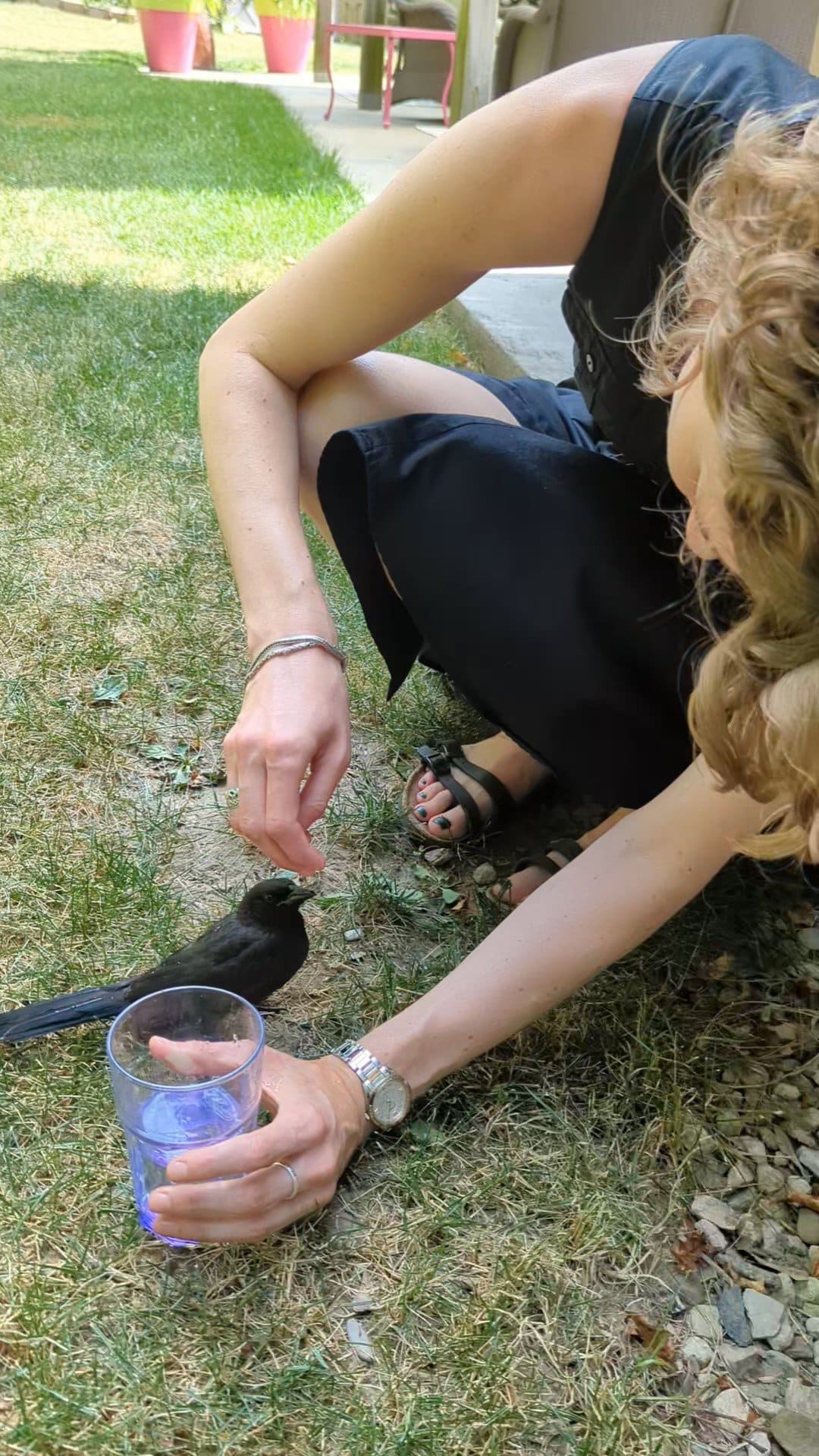The tilt of Earth’s axis means North America is closest to the sun at this time of year.
Combined with the effects of climate change, this causes periods of extreme heat that are difficult for plants, animals and humans alike.
BACKYARD OASIS: In areas prone to heat waves, using water efficiently can help cool things down – and save you money. Watering the lawn and garden during a heat wave likely won’t revive plants and can worsen water shortages during a drought.
If you must water, doing so early in the morning allows water to sink into soil instead of evaporating in the midday heat. Letting lawns grow longer actually helps them to stay green, because longer grass shades the soil and reduces evaporation.
“Xeriscaping,” or low-water gardens, can thrive when things dry out; these would be good to install as summers continue to get hotter.
Evaporation also is an issue for other backyard attractions. “Anyone notice their pool needs topping up more than usual?” resident Gary Hatton asked in a Facebook post a few weeks ago, and a few other NOTLers agreed.
To keep pools full and ready for a quick dip, they can be covered when not in use to reduce water loss. Increasing the amount of shade in your yard by planting trees and shrubs can also help.
Similarly, low-albedo surfaces keep yards cooler and reduce water loss; these are lighter materials (like cobblestones instead of asphalt) that allow more of the sun’s rays to be reflected away, rather than absorbed.
In this heat, local bird populations will also thank you if you put out a bird bath. The other day, I helped a crow that was overheating: it was panting and distressed, but a bit of cold water helped to revive it.
WAITING IT OUT: If opting to stay cool indoors, cooking on the barbecue instead of using the stove or oven can maintain comfortable temperatures inside. Using appliances at night, instead of during the heat of the day, and closing south-facing blinds or window shades also helps to cool the house.
Checking ductwork for spilling air can prevent dramatic temperature differences between levels of the house. Sealing gaps with tinfoil tape will allow the cool air to circulate efficiently, instead of keeping just the basement frosty.
When it cools off at night, you might opt to open windows and use fans, rather than cranking the AC. Or, if you’re away from home for a while, using a smart thermostat can turn cooling systems off and on only when you need them.
HERE COMES THE SUN: If you’re outside in this intense heat, make sure to be safe and stay hydrated. Staying in the shade as much as possible can reduce fatigue and sunburn.
Wear sunscreen (without oxybenzone, which harms wildlife) or clothing to protect against UV rays. Loose-fitting, light-coloured fabrics are most effective for staying cool.
Soaking a hat or bandana in water before heading out is also a great trick: the water uses heat energy from your body to evaporate and cools you down in the process.
The last few years have brought several heat domes to British Columbia. And many parts of Europe and the southwestern United States are now weathering brutally hot conditions.
Though many in southern Ontario are able to stay relatively cool, others are not so lucky; for example, almost 100 Ontario long-term care homes still don’t have air-conditioned rooms for residents.
We can try to be smart and eco-friendly while staying cool, but ultimately, it’s crucial to prevent heat waves from getting even worse. We need to stop using fossil fuels: in our cars, homes and manufacturing.
This societal revival is already in progress and when we shift to renewable energies and zero emissions, we won’t need to worry as much about the hazardous effects of climate change.
Kyra Simone is a PhD student in environmental science, with master’s degrees in biology & science communication. When not researching climate change, she advocates for a sustainable future, picks up litter, and makes recycled jewelry.











